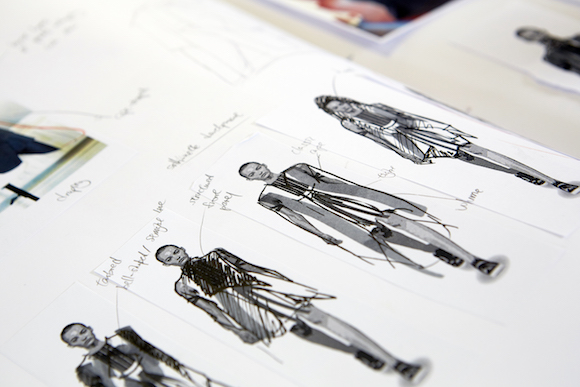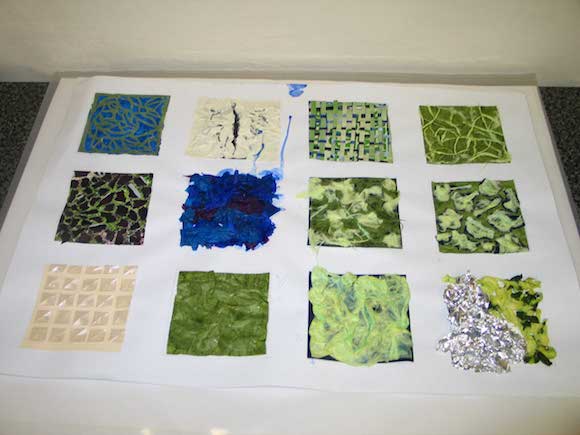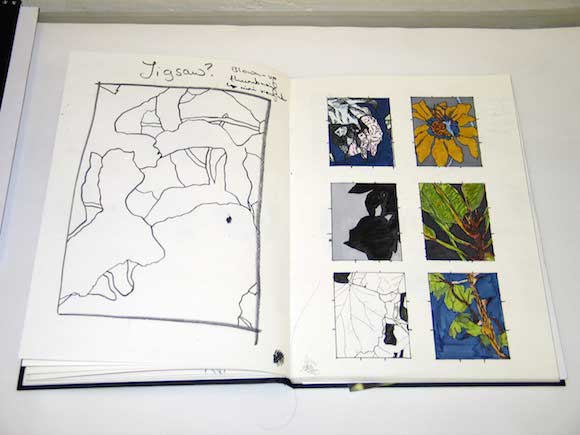Your Ultimate Guide to Creating a Standout Design Portfolio
So, you’re dreaming of a career as a Fashion Designer, Graphic Designer, or Interior Designer? The first step on your creative journey is securing a place in a top-tier design course. But before you get there, you’ll need to put together a portfolio to showcase your skills and passion.
Getting Started: Know the Requirements
Each design course has specific entry requirements, so it's essential to do your research. At Griffith College, applicants must submit a general art portfolio before applying for any of our Level 8 Honours degree programmes, including the BA (Hons) in Fashion Design, BA (Hons) in Interior Architecture, and the BA (Hons) in Graphic Communication Design.
What Are We Looking For?
Your portfolio should highlight your creativity, skill, and unique artistic voice. Here’s what will make your submission stand out:
- Creativity: We love to see projects that reflect your personality, interests, and individuality.
- Skill: Strong drawing, craft techniques, and innovative material use are highly valued.
- Attention to Detail: We appreciate work demonstrating a passion for design and an eye for detail.
- Creative Process: Your notebooks and sketchbooks should illustrate how you explore, experiment, and develop ideas.
How to Develop an Amazing Portfolio
A great portfolio is built over time, so be sure to stay inspired and keep creating.
Here’s how:
- Do your research: Read books, browse design magazines, visit galleries, and explore craft blogs.
- Draw inspiration from the world around you: Regularly update your sketchbook with drawings, photos, and magazine clippings that fuel your creativity.
- Experiment fearlessly: Try out new techniques, materials, and styles. Avoid simply replicating other designers’ work - we want to see what makes you unique!
Pro Tips for Portfolio Success
- Read the guidelines: Before you even start, make sure you fully understand what the college is looking for.
- Start with your strongest project: Pick the piece that best represents you as a designer and let it set the tone for the rest of your portfolio.
- Ask yourself key questions: Before compiling your work, reflect on:
- What inspires me?
- What are my strengths?
- How can I showcase my passion and knowledge of my chosen field?
Here are some examples from recent students to give you some inspiration:



How to Develop an Amazing Portfolio
A great portfolio is built over time, so be sure to stay inspired and keep creating.
Here’s how:
- Do your research: Read books, browse design magazines, visit galleries, and explore craft blogs.
- Draw inspiration from the world around you: Regularly update your sketchbook with drawings, photos, and magazine clippings that fuel your creativity.
- Experiment fearlessly: Try out new techniques, materials, and styles. Avoid simply replicating other designers’ work - we want to see what makes you unique!
Pro Tips for Portfolio Success
- Read the guidelines: Before you even start, make sure you fully understand what the college is looking for.
- Start with your strongest project: Pick the piece that best represents you as a designer and let it set the tone for the rest of your portfolio.
- Ask yourself key questions: Before compiling your work, reflect on:
- What inspires me?
- What are my strengths?
- How can I showcase my passion and knowledge of my chosen field?
Portfolio Essentials: What to Include
- Organisation: Arrange your work by project, so there’s a logical flow and it tells a cohesive story.
- Content: Your portfolio should include:
- Self-initiated work
- Personal drawings
- Photographs of your creative process
- Observational/life drawings
- Colour studies, photography, collages, mixed media experiments
- Fabric explorations (for fashion-related portfolios)
- Written notes and presentation sheets
- Layout – Keep it consistent (portrait or landscape) so your work is easy to view and free from distractions.
- Creative Process – Show your journey from the initial concept to final piece—we love to see how your ideas evolve!
- Editing – Only include your best work. Quality over quantity!
What’s Next? The Final Check
Great news - you have put together your portfolio. Now take a step back, breathe, and review it with fresh eyes. Ask yourself a few questions:
- Does it show how I generate and develop ideas independently?
- Have I demonstrated a range of drawing and craft skills?
- Did I include examples of experimenting with different materials and concepts?
- Are my final pieces displayed in the best possible way?
If you can confidently say YES to all of the above, you’re good to go!
Need Some Inspiration?
Check out some of the Griffith College Creative Show final projects for some inspiration! This will give you insight into the kind of work students produce and what makes a strong portfolio.
Good luck—we can’t wait to see what you create!
For more information on our portfolio requirements or any of the Design courses, please email [email protected] for more information.
